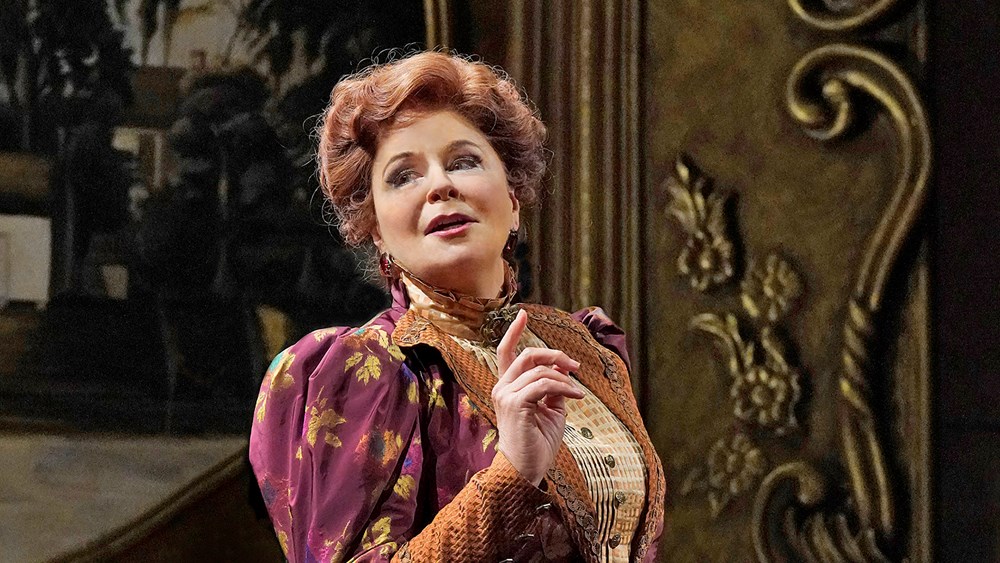Talk Therapy

Susan Graham, James Morris and Susanna Phillips are all used to making themselves easily heard in the 3,800-seat Metropolitan Opera House. But in Opera Theatre of Saint Louis’ production this spring of Marc Blitzstein’s Regina at the 987-seat Loretto-Hilton Center, all three singers, along with the rest of the cast, used body mics.
The reason the creative team decided to employ amplification was the specific nature of the work itself. Regina is an opera, but it was written for the Broadway stage, and like most works of American musical theater, it tells its story through dialogue as well as singing. “Singers, especially opera singers, don’t know how to use their voices for dialogue,” says Stephen Lord, the production’s conductor. “It’s a whole different kind of vocal production. I thought they’d need help — especially in a theater where the sound is so directional, and if you’re facing right, the people on the left won’t hear it.” “We decided, ‘If we do this show, we better do it right,’” says James Robinson, Regina’s director. “There’s so much dialogue, and a lot of it is underscored, pretty heavily. You’ll have a musical number, then maybe two lines of dialogue in the middle, with underscoring. To have singers screaming dialogue over the orchestra is the worst thing you can do with this show.”
The opera veterans in the cast were at first taken aback by the use of amplification, but Robinson and Lord easily convinced them that it was the right choice. “We told them, ‘The singing needs to come off as dialogue, and the dialogue as singing,’” says Robinson. “They all got it. It was a way to be more nuanced, and it helped them turn in subtler performances.” Based on this writer’s observation, the sound design by Michael Hooker fulfilled its function well: Regina is a piece that demands moment-to-moment comprehension of its text, and in OTSL’s production, every word could be easily heard.
This article was published in the Fall 2018 issue of Opera America Magazine.

Fred Cohn
Fred Cohn is the former editor of Opera America Magazine.




